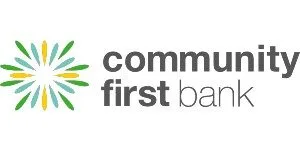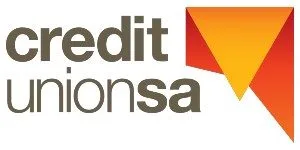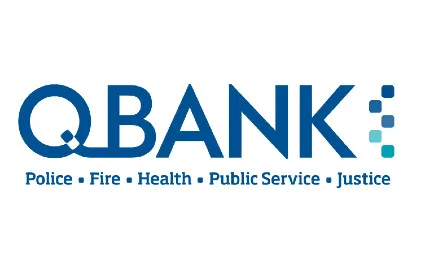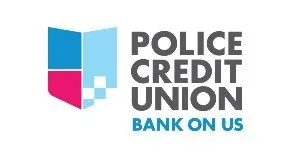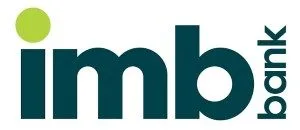Tackling mortgage stress head-on: 5 ways to weigh up your costs this year

Feeling a pinch to your pocket in 2023? We show you some straightforward ways that you can reassess your expenses.

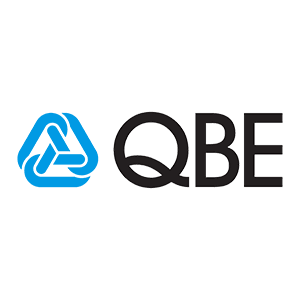 Sponsored by QBE – helping customers learn more about lenders' mortgage insurance (LMI). Learn more on Finder's LMI hub, brought to you by QBE Insurance. Providing LMI since 1965.
Sponsored by QBE – helping customers learn more about lenders' mortgage insurance (LMI). Learn more on Finder's LMI hub, brought to you by QBE Insurance. Providing LMI since 1965.
With interest rates and the cost of living on the rise over the last couple of years, mortgage stress has become an everyday companion for a huge number of Australians.
But there are ways to work around this increase in expenses – and some may be easier than you think.
In this article, we take a look at some of the straightforward ways to reassess your current costs, and help reduce mortgage stress.
1. Checking your home loan repayments and current equity
Refinancing to a lower rate can help you deal with mortgage stress.
However, it's important to check your equity first. Many Australians with a mortgage have used LMI to help them purchase a home. Although this adds extra expense to the loan, it can be an effective way to get into a home sooner.
If you've got 20% or less equity in your property, you may need to pay LMI again if you choose to refinance.
With this said, in some circumstances, it might still be a way to access better features in a loan. Extra repayments, offset accounts, cash redraw facilities and more can all prove quite useful.

4 experts share their top tips for first home buyers
SPONSORED: We talk to some of the top names in the game to find out their tips for purchasing a first home.
Read more…2. Assessing your household expenses
Small, incidental expenses can eat up much more of your funds than you realise. So if you don't have a firm household budget in place, now can be a great time to start.
There are also ways you might save by making swaps, too. For example, switching utility providers can lead to significant savings.
You don't necessarily have to track every dollar you spend, but you should have a clear picture of where your money is going.
This will enable you to identify areas where you can cut costs, or potentially just need to reallocate funds more effectively.
3. Reassessing your financial tools
At least once a year, it's important to take a look at what sort of financial tools you're using, and assess whether they're still meeting your needs.
Introductory home loan offers that hook you in can be great. But it's important to make sure they don't simply turn into high interest rates and needless fees down the track.
If you don't have tools that suit your household's particular needs, they can also end up being a financial albatross around your neck.
4. Refinancing debt
Refinancing doesn't just have to apply to your home loan.
It's something you're also able to do with other types of debt too, such as credit card debt, car or personal loan debt.
Refinancing can consolidate – and streamline – your repayments. You won't be stuck making multiple repayments with different interest rates.
Although refinancing isn't appropriate for every debt scenario, it can be a way to bring down your overall costs and enable you to get debt paid off more quickly.
5. Discussing hardship options with lenders
If you know that you're facing challenges with balancing home loan repayments and the cost of living, you should speak to your lender.
By speaking to your lender, you may be able to make alternative arrangements.
Discussing options such as refinancing, temporarily reduced repayments or negotiating interest rates may all be possible, depending on the lender.
It's always best to speak to your lender as soon as possible.
This way, you'll be able to have a more extended period of time available to discuss your options, rather than being forced into a compromise.
Visit the QBE LMI hub to learn more about LMI today.
Compare home loans from QBE's partner lenders
Lenders | |||
|---|---|---|---|
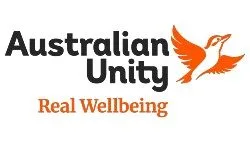 | |||















